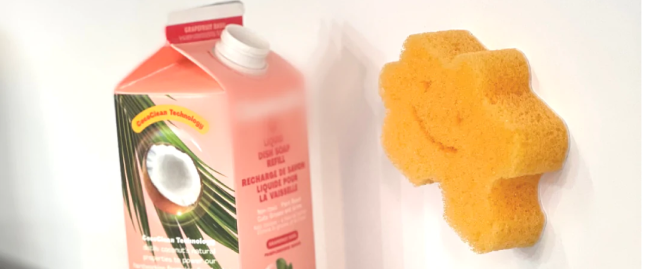Korean Culture & History - Meet Merchandising


Traditional souvenirs filling the shelves of Korean museum shops have long been stereotyped as items that lack practicality and that often fail to go well with interior decor, due to their faithful yet outdated designs. Once purchased or gifted, it isn't unusual for these products to be tucked away in a corner of a room, slowly forgotten as they gather dust.
However, a recent string of makeovers of state-run museums' relic-inspired merchandise have added a feeling of freshness to the shop's vitrines.
One piece of merchandise that seems to be gathering attention is a miniature of two gilt-bronze Pensive Bodhisattva statues.
Designated as national treasures, the original sculptures were produced in the late sixth and early seventh centuries during the Three Kingdoms period. Back in November of 2021, the National Museum of Korea's (NMK) ambitious decision to have these two statues occupy one entire gallery space under the permanent exhibition, "Room of Quiet Contemplation," made local headlines.

The glittering ceiling reminiscent of a starry night sky, mystical lighting and the noise-proof walls, made out of natural materials such as soil, charcoal and lacquer, highlight the statues' mysterious smiles and meditative nature. Together, they seem to be a world away from reality, providing a surreal moment of respite to any viewer setting foot in the hall. As of mid-January, just two months after its opening, the exhibition has drawn more than 110,000 visitors.
Riding high on the popularity of the show, the miniatures of these ancient sculptures have also become a huge hit. The souvenir, first released in October 2020, has been sold out and restocked several times, with more than 11,000 sold in total as of last month ― an impressive sales figure, especially considering its relatively high price of 49,000 won ($40.71).
While retaining the iconic features of the artifacts, the 13.5-centimeter-tall miniatures attempt to break away from the original both in size ― one-eighth the size of the real statue ― and in color ― with a pastel palette of sky blue, coral, lime punch, pink and mint, just to name but a few.
The merchandise caused a sensation when boy band BTS' RM posted a photo of his studio in Yongsan District in central Seoul with two miniature statues placed on his table.
A Pensive Bodhisattva-inspired product that takes it one step further ― as a plaster air freshener ― has also been designed.

By making a decision to drastically simplify the features of the original relic, the product has transformed the national treasure into a visually intriguing, even comical character.
Classical Goryeo-era celadon jars and vases are one of the most recognizable visual traits of Korea's traditional culture. In the foundation's online museum shop, the case covers for AirPods, Samsung Galaxy Buds and cellphones are adorned with the iconic, pale blue patterns borrowed from the 12th-century Celadon Prunus Vase, with inlaid cloud and crane designs.

The wireless charger, developed to coincide with the NMK's exhibition, "Ottchil, the Coated Splendor of Asian Lacquerwares," takes the shape of a soban, specifically a "hojokban," which gets its name from legs that are shaped like a tiger's, from the 19th-century Joseon Kingdom. Its surface is decked out in an elegant mother-of-pearl pattern with a peach, crane, lotus flower and tortoise.

The refashioning and rebranding of this artifact-inspired merchandise has brought a notable change in the sales of the national foundation's online museum shops, especially during the COVID-19 pandemic ― which jumped nearly twofold from 850 million won at the end of 2019, to 1.6 billion won at the end of last year.
Of course, the most important role for creating these products lies not in raking in profits but in promoting the image of Korea and its culture through their everyday use.
"The demand for any exceptionally beautiful and useful items remains high among consumers regardless of their geographical locations. If they can continue to have these products by their side, it's only natural for them to eventually wonder where the inspiration for the different shapes and patterns comes from. That kind of questioning can lead to internet searches for the original relics or even in-person visits to the country," Moon said.
"Because the popularity of the cultural merchandise can further lead to growing interest in the related artifacts, museums and the country itself, the foundation tries to develop products that can effectively give a taste of Korea's culture to the users."
Source: Park Han-sol from The Korea Times (March 13, 2022)
More Korean Innovation News

The Rise of Womance: Women Spearhead Korean Entertainment

A Korean Marriage Story

Jwipo, Your New Jerky Obsession

To Binge or not to Binge?

The K-pop Comeback: Returning from Military Service

Longcations: Escaping to Vietnam

Kkondaes at Work: GenZ and Millennials Battle at the Office

The American Bansang Experience


